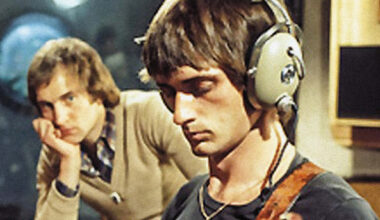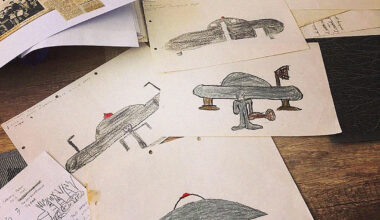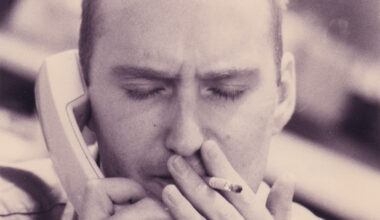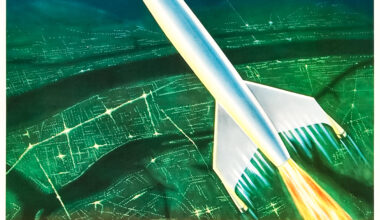We travel back to the good old days of pirate radio and meet Luke Owen, the man behind a new collection of quirky between-song adverts that used to fill our illegal airwaves
Want to read more?
Sign up to Electronic Sound Premium to gain access to every post, video, special offers, and more. 100%, all you can eat, no commitment, cancel any time.
Already a premium member? Log in here





